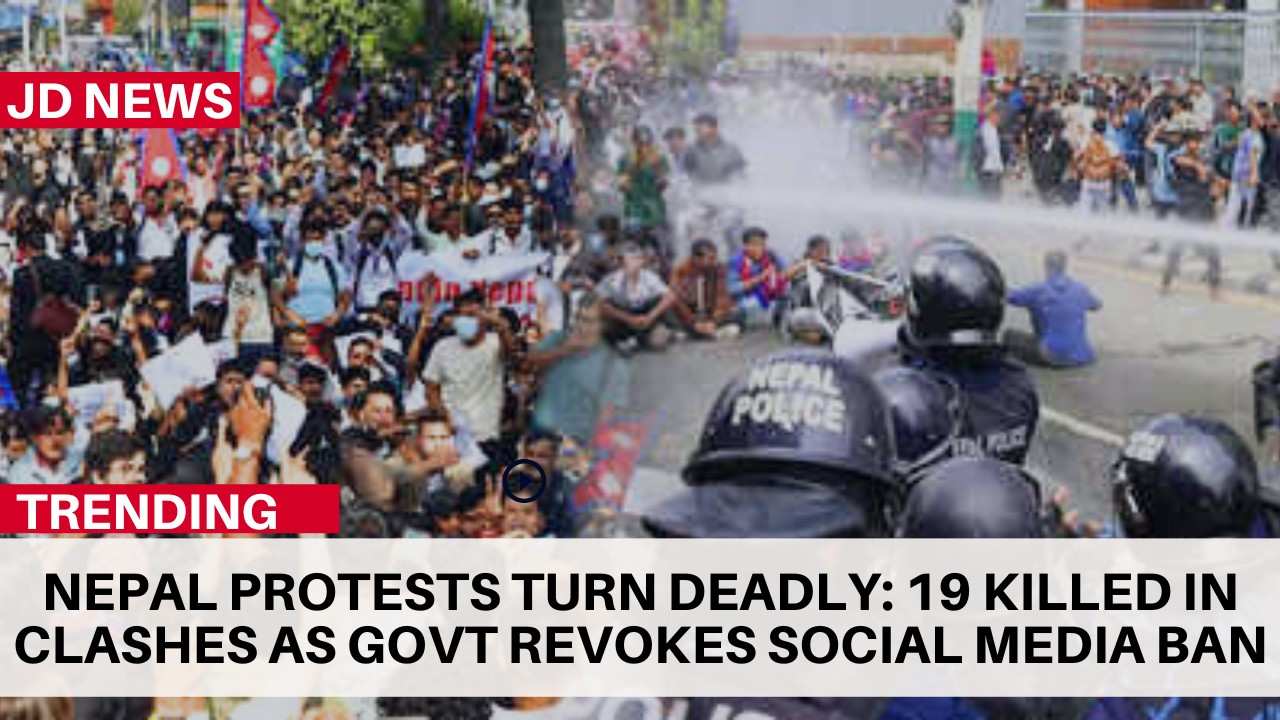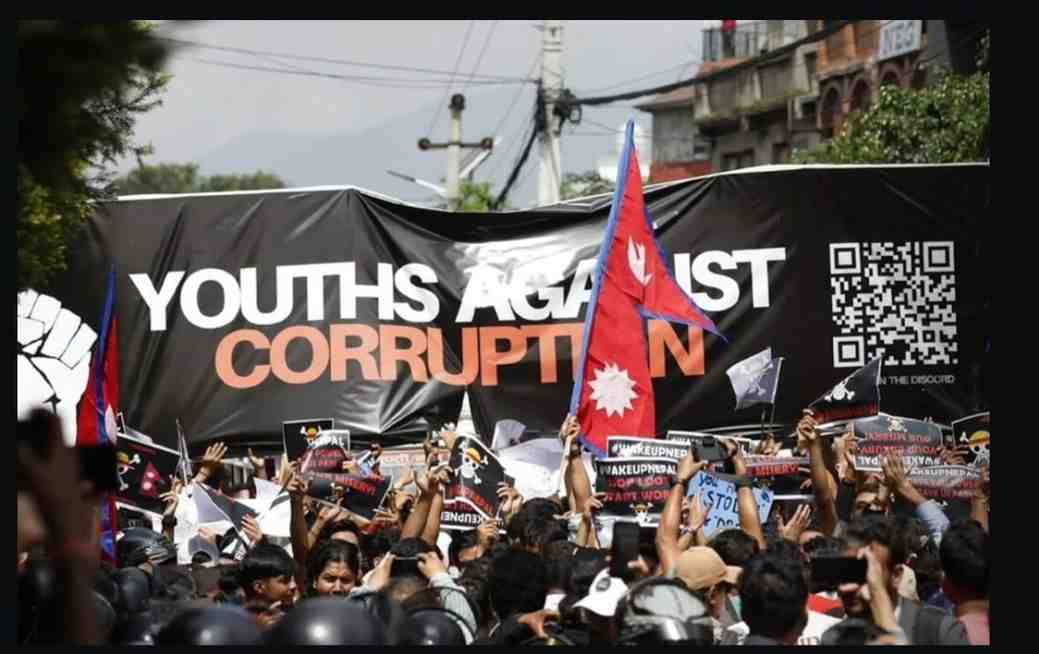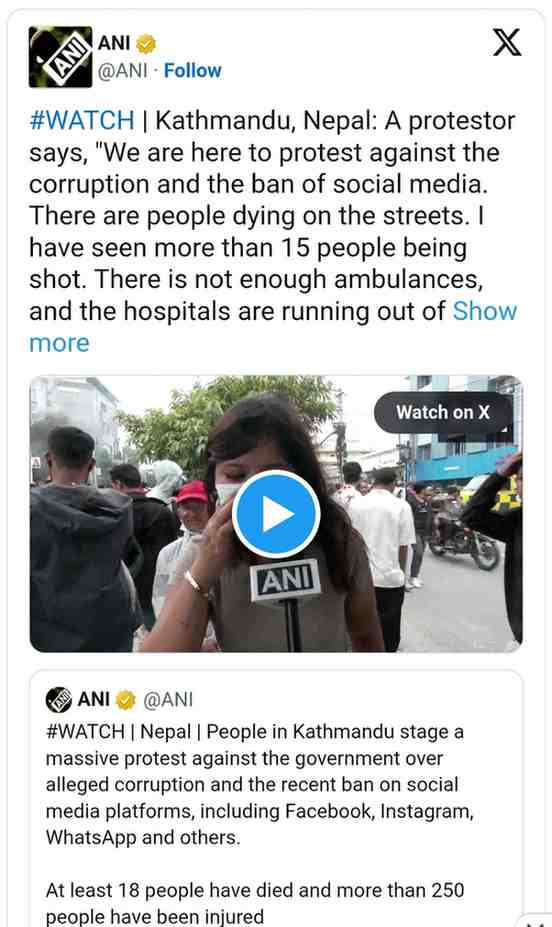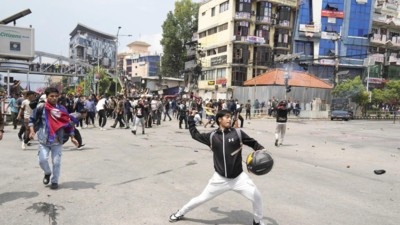Nepal Protests Turn Deadly: 19 Killed in Clashes as Govt Revokes Social Media Ban

Nepal has seen violent protests following the government's move to restrict 26 social media services, including Facebook, YouTube, WhatsApp, and X. What began as a digital blackout swiftly turned into widespread protests, with at least 19 people killed and hundreds injured in Kathmandu. The growing public outrage compelled Prime Minister KP Sharma Oli to lift the prohibition, but the turmoil has already highlighted significant divisions between civilians and the government. The crisis has highlighted serious concerns about free expression, censorship, and official accountability in Nepal's nascent democracy.
A Nation in Turmoil

The protests began when thousands of young Nepalis, many from Generation Z, took to the streets to oppose the government's social media crackdown. In a country where digital platforms are crucial to communication, business, and activism, the blackout was interpreted as a direct attack on free expression. Demonstrators hoisted national flags, sung the national anthem, and accused politicians of corruption and despotism. However, peaceful demonstrations swiftly devolved into violent fights as demonstrators broke over barricades near Parliament. Riot police replied with tear gas and water cannons before opening fire, resulting in numerous casualties. Hospitals in Kathmandu reported overcrowded emergency departments, with activists establishing improvised first-aid camps for the injured.
Government’s Stand and Political Fallout

Prime Minister Oli justified the ban, alleging that foreign-owned platforms were violating Nepal's new law, which requires registration, compliance officials, and local responsibility. He maintained that "national dignity and sovereignty" were at issue, and he refused to allow transnational corporations to operate outside of Nepali law. However, the deaths during the protests sparked a political firestorm. Home Minister Ramesh Lekhak resigned, expressing moral responsibility for the loss of life. Rights groups condemned the measure as censorship disguised as regulation, accusing the government of stifling criticism in the name of nationality.
The Bigger Picture

The timing of this catastrophe is significant. Nepal had banned TikTok in 2023, accusing it of disseminating obscene content, before lifting the ban under severe restrictions. With another round of limitations, the government risks alienating its digitally active youth population, many of whom rely on social media for employment and connectivity. Businesses that rely on internet platforms reported immediate problems, while journalists warned that restrictions would jeopardize press freedom. International observers are keeping a careful eye on Nepal, worried that the government's efforts to regulate online areas may lead to a broader crackdown on fundamental freedoms.
What Lies Ahead for Nepal

Even though the ban has been lifted, confidence between residents and the state has been severely weakened. With 19 people killed and hundreds injured, the Oli government confronts rising domestic and international pressure to ensure responsibility. It is unclear whether the leadership will reconsider its regulatory structure with greater transparency or continue to advocate for strict control. Nepal is currently at a crossroads between preserving national sovereignty and maintaining its people's democratic rights. The outcome will influence not only its digital future, but also the legitimacy of its democracy.